Foam material is one of the most popular and versatile materials available today. Designers, engineers and product developers know and appreciate foam for its many different characteristics and capabilities, but many individuals are unaware of how useful foam can be as a material and are not familiar with foam product common sense knowledge.
If you do not know a lot about foam, working with it can be a tricky venture, even for the most experienced professional. From selecting the right foam material for a project or application to die cutting so that design criteria can be met, there is a whole lot that you need to educate yourself regarding foam before you can attempt to use it. To help you out, here are some important things you need to know in the foam industry before starting to make a foam product:
Steel Die Cutting Tool For Fabricating Foam Products
Steel die cutting is one of the most popular foam fabrication methods and techniques available today for foam material. Steel rule die cutting is one of the most effective ways of mass-producing die cut apparatuses without spending too much money on the process. Steel die cut tooling is made by steel rule die with custom requested shapes. The die cut tooling is the fundamental for performing foam die cutting fabrication on materials.
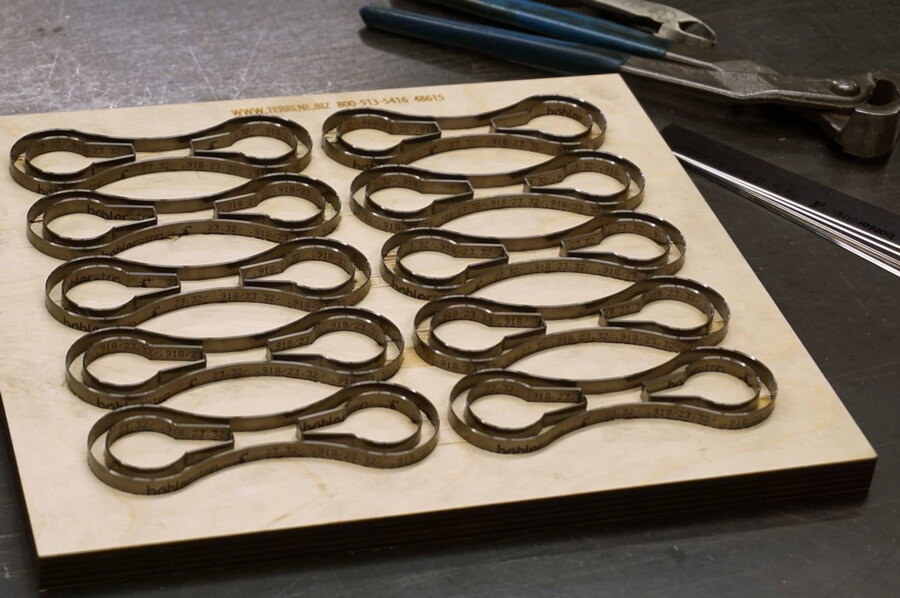
Steel die cutting is preferred because of its versatility and its capacity to work with different types of materials including plastics, felt, rubber, foam and so many. It allows businesses to meet their technical requirements quickly and efficiently so that projects can be completed with a high level of precision and exactness.
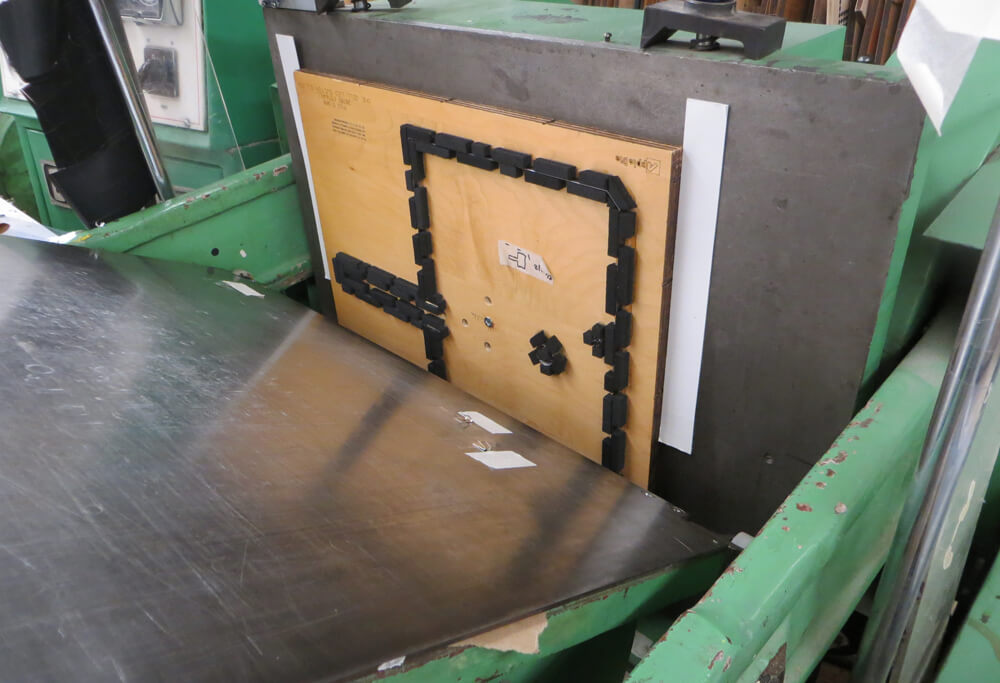
Typically, materials that are considered to be too brittle are usually not great candidates for steel die cutting. Therefore, materials such as cork, rubber, foam and plastic are generally considered to be excellent materials that can be utilized for the production of items such as electrical insulating units, gaskets, as well as foam inserts. Because steel die cutting tools are precise, they allow for mass production with a high degree of repeatability and uniformity.
Size Tolerance for Foam Material
The variety of foams available today in the market is wide, but the most popular varieties include reticulated foams, closed cell foams and open cell foams. Most of them can be custom fabricated by many techniques such as die cutting, foam slitting, bandsaw cutting, CNC contouring cut, mold thermoforming, laser cutting and so on. All those foam fabrication methods will result in different size tolerance on finished foam products.
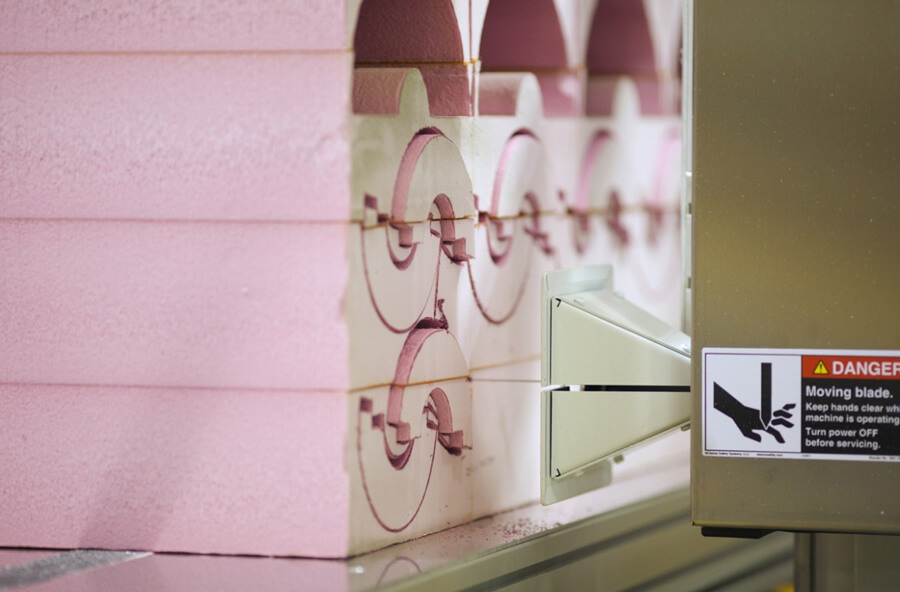
Tight tolerances can be achieved with foam material but often, engineers and designers of the products themselves must find ways to balance the cutting tolerances with cutting expenses for value to be seen. Among all the fabrication techniques, laser cutting and waterjet cutting can provide a more precise and accurate cut compared with steel die cutting and bandsaws cutting.
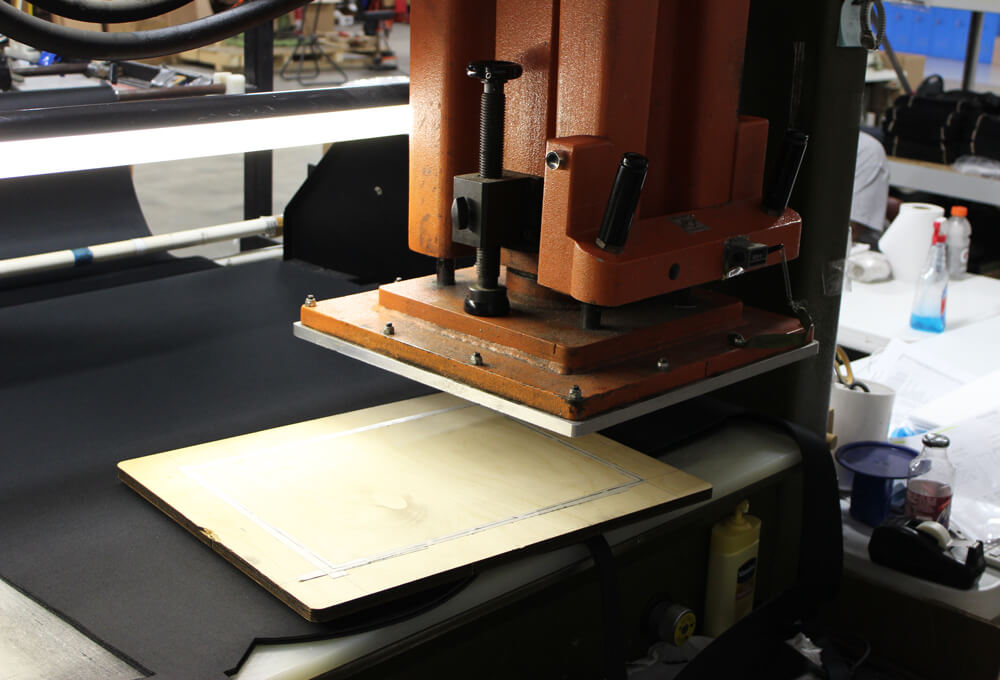
Foam cutting tolerance is impacted by the type of material production technique, features and the tool type used. When designers understand all the factors that determine foam product tolerances, they can then make the best decisions for manufacturing of their projects.
Open Cell and Closed Cell Foam Products
Before starting to design and make a foam product, you need to know how to distinguish open cell foam and closed cell foam. This can greatly help you to find right foam materials and make finished products in ideal performance.
Check out this guide below to learn more about the two most popular foams – open cell foam and closed cell foam.
-
What is open cell foam?
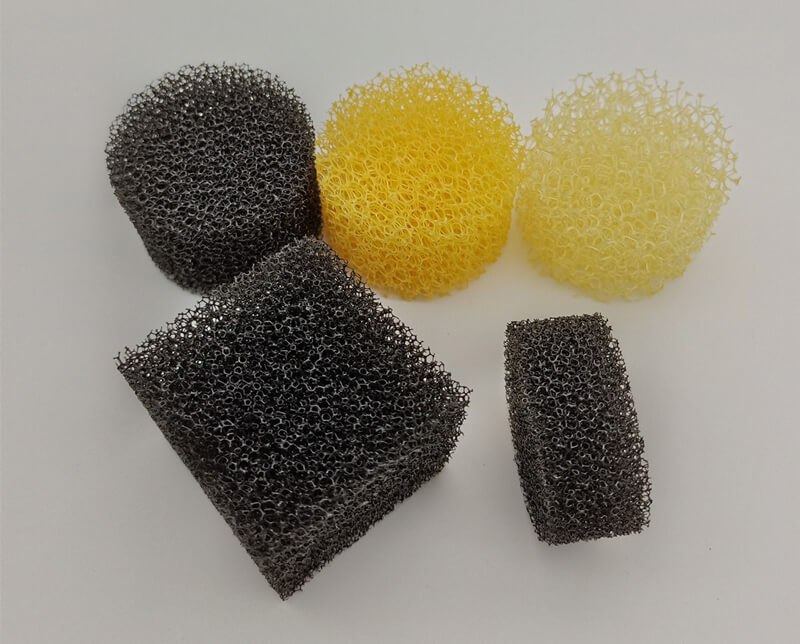
Open cell foam is made in open cell foam structure which is lightweight and flexible. The typical open cell foam material is Polyurethane foam and some open cell foam rubber such as open cell Nitrile foam and EPDM foam. The open cell foam material is inflated using an active ingredient such as sodium bicarbonate. This chemical mix then releases a gas, which vulcanizes and expands the rubber, turning it into open cell foam. This foam reacts more spring-like and can return to its original form quickly after being compressed. This is because of its unique chemical makeup. Open cell foam is soft, breathable, and flexible. It isn’t considered quite as durable as closed cell, but it conforms well to a variety of applications. When you try to make product with properties such as lightweight, flexible, acoustic insulating, resilient, open cell foam can be a good fit to make it.
-
What is closed cell foam?
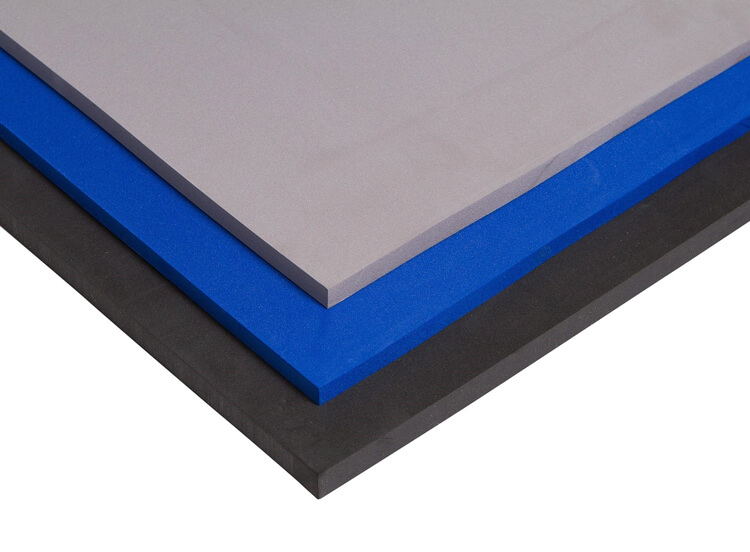 As the name suggests, this foam has closed cell structure. One of the most common ways that this foam is made is by exposing rubber to pressurized nitrogen. The closed cells ensure that air and moisture are unable to get inside of the foam. This makes the foam firm and steadfast. In fact, closed cell foam is often used as an industrial sealing and shock absorption material because of its dense properties. One of the significant benefits of purchasing closed cell foam is that there are available in many different types of foam such as EVA foam, Polyethylene foam, EPP foam and PVC foam. There is a diverse range of materials and densities of closed cell foam available to suit any project.
As the name suggests, this foam has closed cell structure. One of the most common ways that this foam is made is by exposing rubber to pressurized nitrogen. The closed cells ensure that air and moisture are unable to get inside of the foam. This makes the foam firm and steadfast. In fact, closed cell foam is often used as an industrial sealing and shock absorption material because of its dense properties. One of the significant benefits of purchasing closed cell foam is that there are available in many different types of foam such as EVA foam, Polyethylene foam, EPP foam and PVC foam. There is a diverse range of materials and densities of closed cell foam available to suit any project.
-
What’s the difference between them?
Both foam types can be used for similar projects but usually act in different ways. For instance, if you’re insulating a home, you can use either. However, there are two vital differences. Closed cell foam is durable and also protects from water and moisture. On top of this, closed cell will help you save on space. In comparison, open cell foam expands well. This means that it’s perfect for covering corners and hard to reach places in your home. It’s also ideal for soundproofing and can be found in home studios around the world. It’s also affordable, making it a budget-friendly option that works.
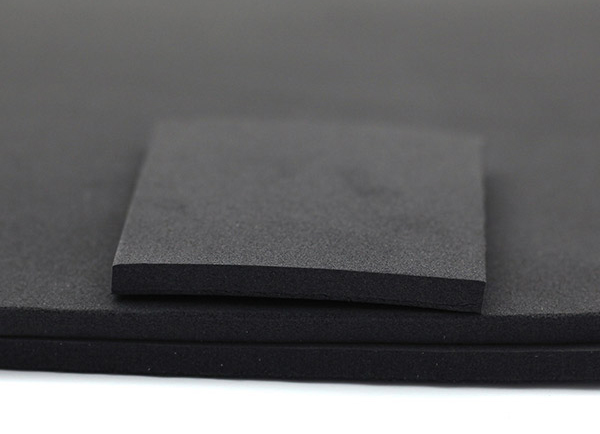
If you still not sure what kind of foam you need? Get in touch with a foam specialist to discuss your upcoming project. Purchasing the right materials is essential to getting the job done right. Keep in mind that neither of these options is better than the other. They have different purposes, strengths and weaknesses. When you weigh up between the two options, consider your budget and the project outline.
It is easy to assume that the density and hardness of any particular foam refer to the same thing. The specifications are used to describe two different characteristics of the product, which are not necessarily related to each other. It is possible to compare two foams of the same hardness, but because they are made using different mixture of materials and manufacturing method, they may have different density specifications.
Foam Product Common Sense: Hardness/Firmness
Foam hardness or firmness is an important technical parameter to show if the foam is a soft or hard one. When you touch on a foam surface, you feel the firmness of the foam. But when actual production process, foam manufacturer uses shore durometer to measure foam hardness.
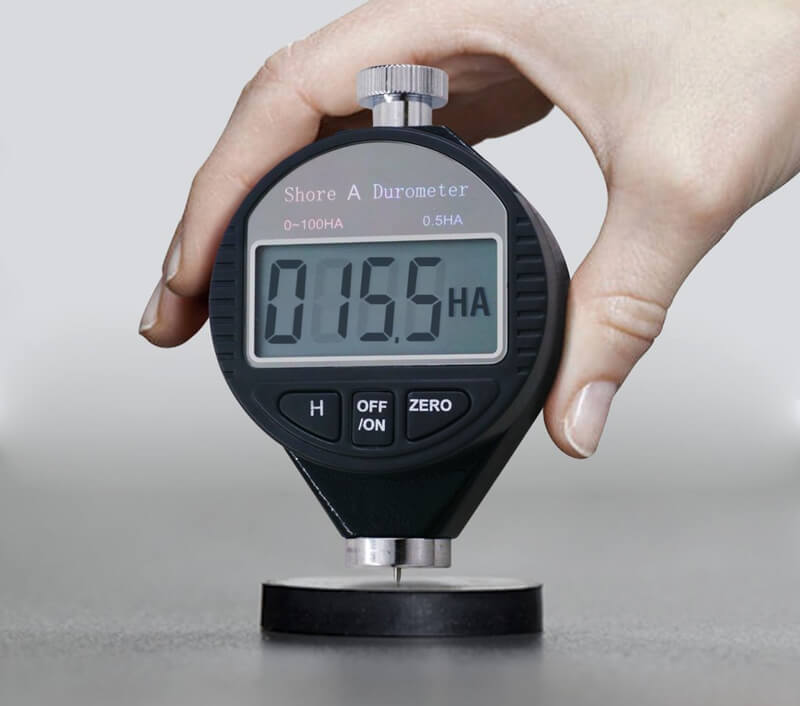
Shore durometer is categorized in many models such Shore A, Shore C and Shore O durometer etc.. For foam products, we usually use Shore C durometer to test firmness. Sometimes, Shore A durometer device is used to check hardness.
The purpose of providing hardness specification and therefore the need to measure it is to give customers an idea of how firm the foam is or how it should feel like in use. When actually using shore Shore durometer, hardness is measured by taking a piece of the foam, then compressing the piece until it shrinks down to 40% of its original size. The amount of energy (measured in Shore C or Shore A) required to achieve such compression is called “hardness rating.”
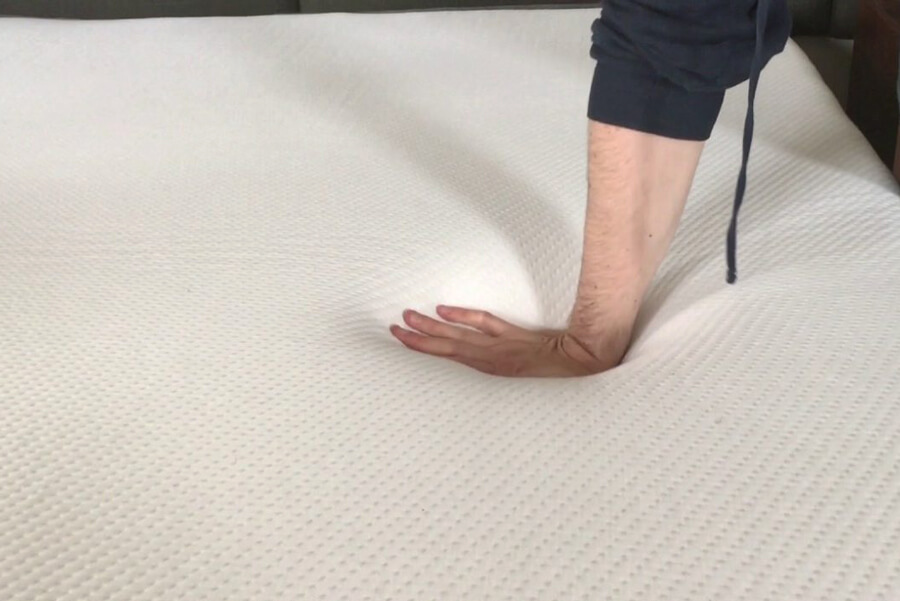
Hardness testing is meant to illustrate how well the foam supports weight in real-world usage. However, the test is not a reliable method to determine quality. It merely describes the physical feel of the product. In reality such rating may not be the most easily-perceived by the general consumer, but at least they get the idea that higher hardness rating translates to firmer foam. That way, they can choose the right foam for the right application. For example foam with hardness rating of is 35 Shore C probably best used as seat cushion overlay; for packaging or outdoor seating pad, a hardness rating higher than 35 Shore C is necessary.
Foam Product Common Sense: Foam Density
The density of foam refers to the quantity of material found in the product per a measurable volume; in this case, pounds per cubic foot (lb/ft3) although some manufacturers use kilograms per cubic meter (kg/m³) instead. Foam density is measured by taking and weighing of volume (length x width x height or thickness) of the foam material.
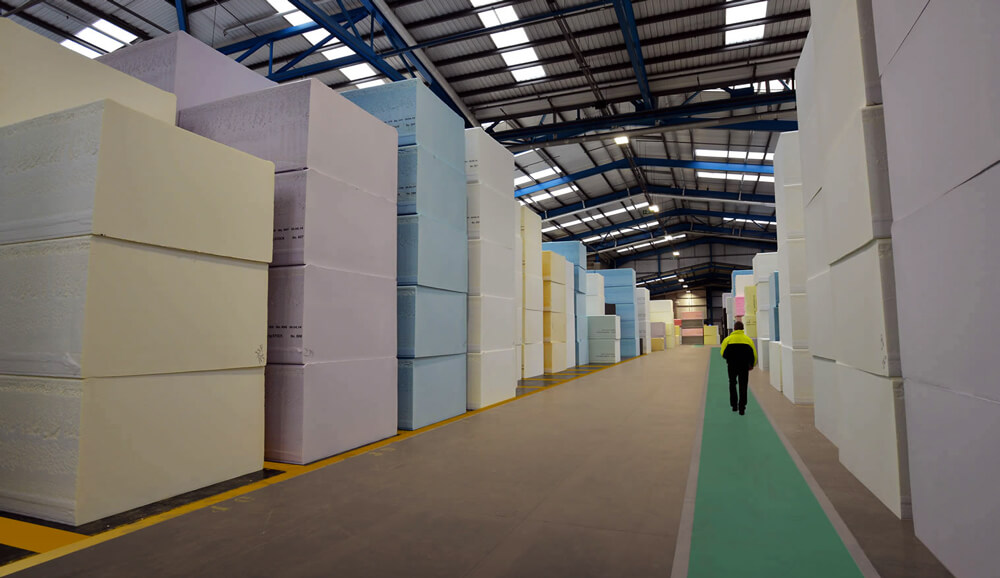
Higher density foam has more materials than its low density counterpart. Simply put, consumers get more foam for their money. Be careful when referring to density as weight. Although people will understand it better, put in mind that density only means the weight of a small volume of the sample material. The actual weight of the product needs to be specified elsewhere in the specification sheet too.
Referring to foam material, the range of its density can be from around 20 kg/m³ to 400 kg/m³. The foam density can be customized based on customer request. High density means heavier, and low density means more lightweight. So remember this to choose suitable foam material in right density.
Density does not always relate to firmness, but usually higher density foam also has high firmness rating. Foam characteristics that correlate to density are longevity and overall quality. Foam with more materials is expected to last longer.
Foam products are made using many different combinations of materials and chemical compositions, so making sure which is the right foam for your products and applications is quite important before moving ahead. Checking with professional foam product specialist and company, you can be saved a lot of energy and time to get wanted foam products.

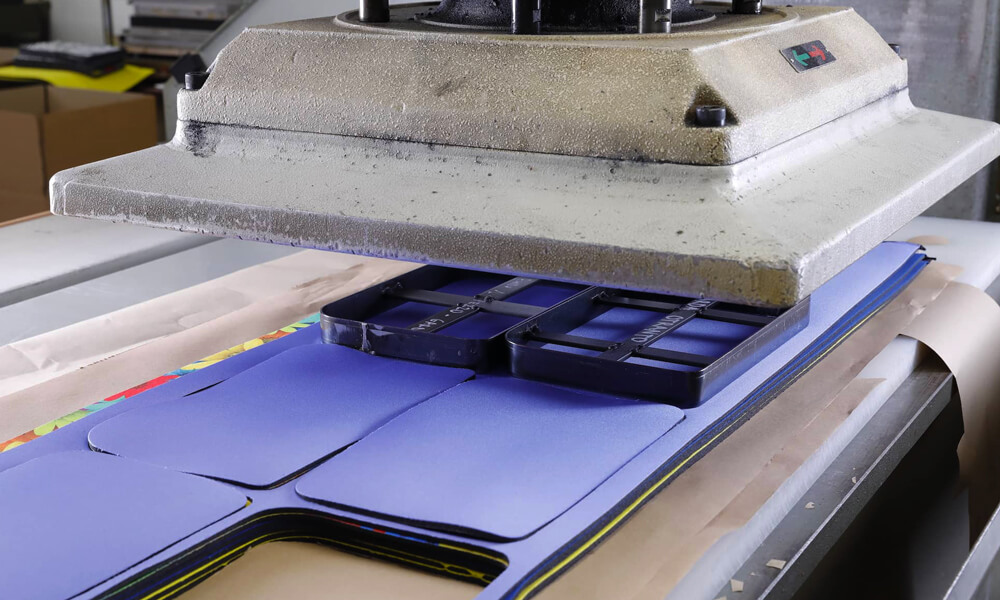
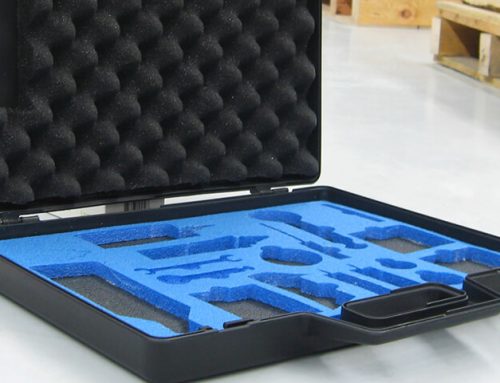
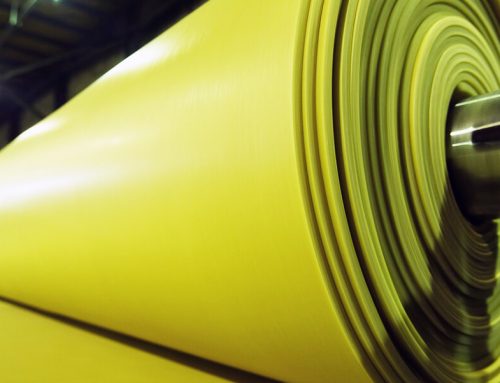
Leave A Comment